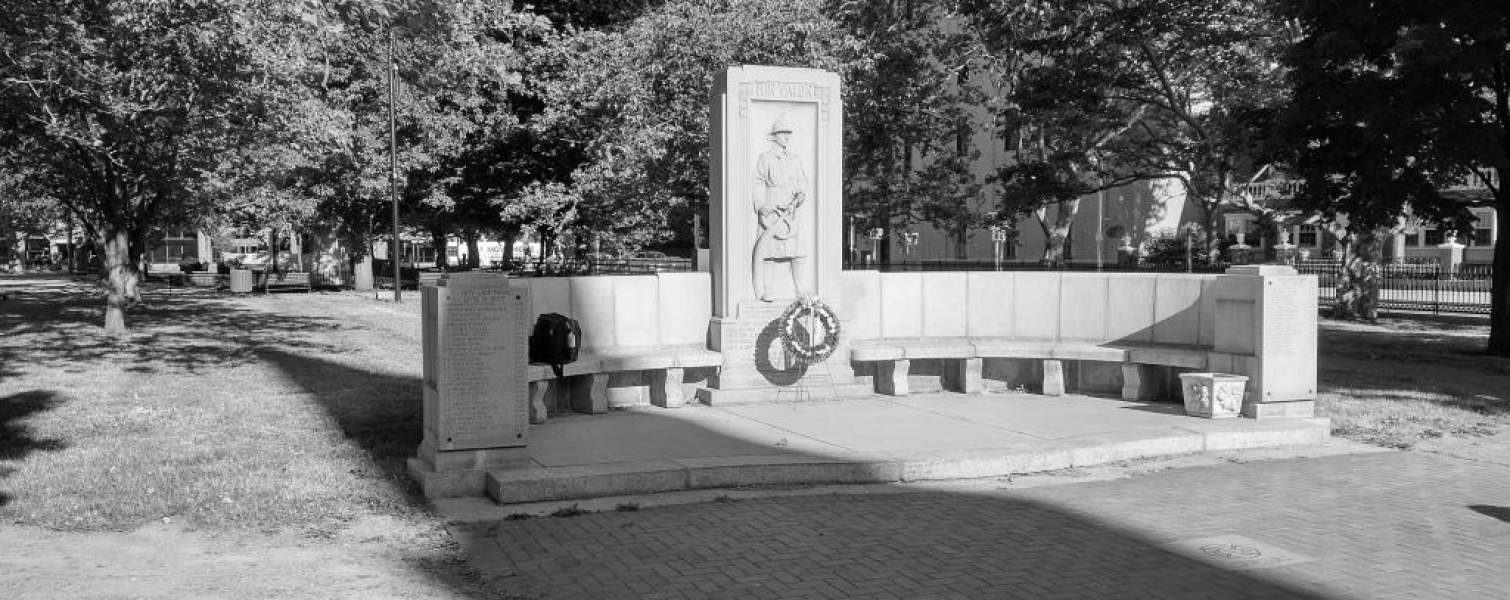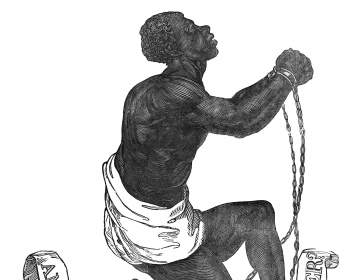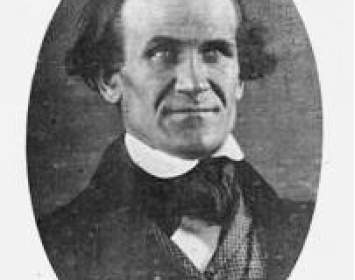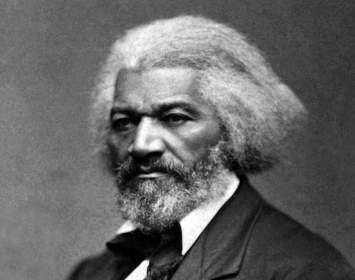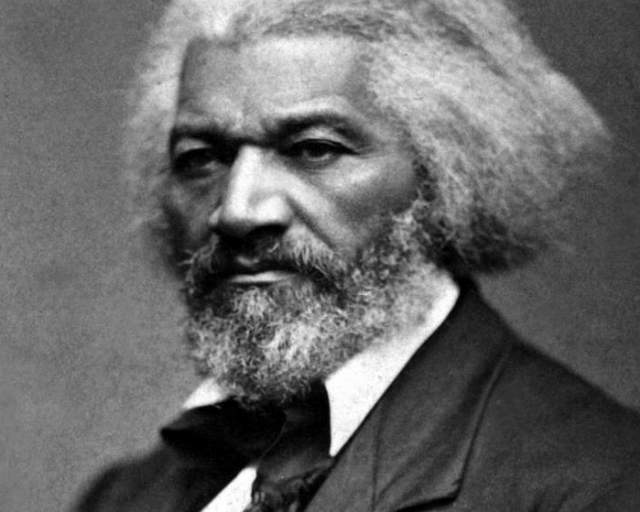In the early 1840s, Fayette Park (named for General Lafayette) was surrounded by elegant homes. Abolitionists Stephen and Rosa Smith lived on the north side of the park. Learning that famed former slave and abolitionist orator Frederick Douglass had been unable to secure a hall in which to speak during a July 1843 visit to Syracuse, the Smiths invited Douglass to speak in front of their residence.
On the morning of Sunday, July 30, 1843, Douglass began to speak in the park to an audience of only five persons. He persevered, and by afternoon the crowd swelled to five hundred. That evening, the First Congregationalist Church, a pioneering abolitionist church founded in 1838, gave Douglass the use of an old building in which he could continue his impromptu convention for three more days. His effort to recruit abolitionist activists at Syracuse became a very great success.
This event has a curious subtext. Douglass's visit to Syracuse had been arranged by the Massachusetts Anti-Slavery Society, which supplied a paid agent to act as Douglass's advance man. Unfortunately, agent John Anderson Collins was more interested—one might say, obsessed—with the eccentric cause of Fourierist Utopianism. Introducing Douglass on July 30, Collins said little about ending slavery but instead promoted his communalist project. Much time was devoted to a vague scheme to abolish private property. Douglass angrily complained to the Anti-Slavery Society in Boston, threatening to resign if he had to work again with someone who viewed abolition work as "a mere stepping stone to his own private theory of the right of property holdings." Collins was dismissed.
For better or worse, this freed Collins to devote himself to launching an under-capitalized Utopian settlement. Of the hundreds of such communes that dotted the country in the 1840s, this was the only one populated almost entirely by freethinkers. The Skaneateles Community, as it was called, lasted only about three years.
The Site. Fayette Park is now known as Firefighters’ Memorial Park. A historical marker in the park’s southeastern corner tells the story of Douglass’s speech and spotlights Syracuse abolitionists who resided near the park.
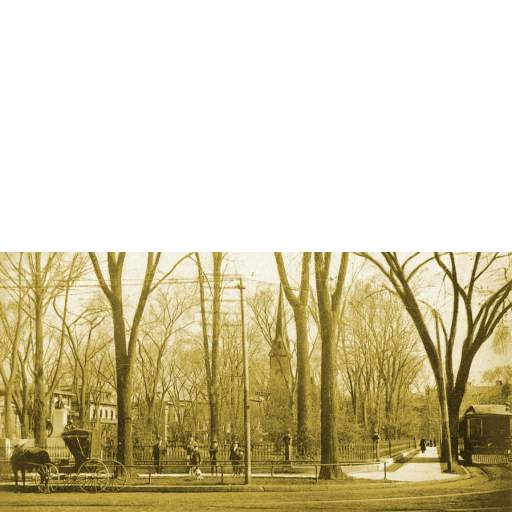
Fayette Park, c. 1910
In the early twentieth century, Fayette Park remained much as it had been in the 1840s, a focal point for stylish homes.
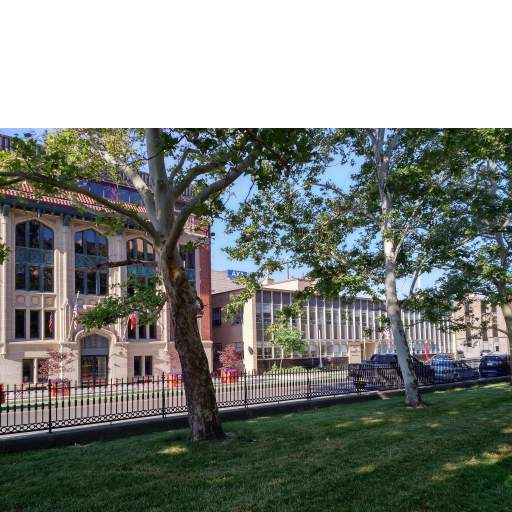
Park Border
This view of East Genesee Street running south of the park is typical: Commercial buildings of various vintages have replaced most, though not all, of the elegant homes that once surrounded the former Fayette Park.

Firefighters Park
Fayette Park is now Firefighters Park. This monument, on the eastern side of the park, memorializes Syracuse firefighters who died in the line of duty.
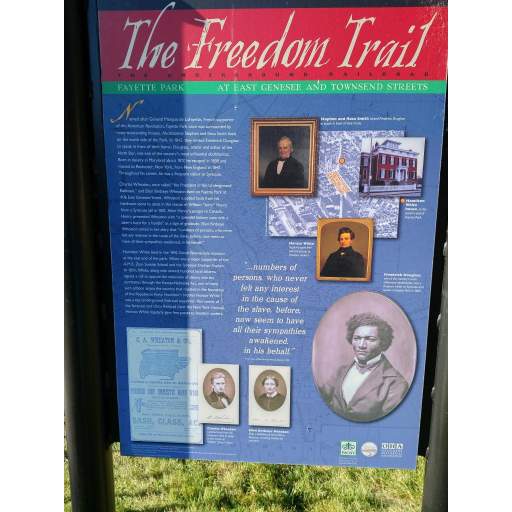
Freedom Trail marker
Local historical marker (part of the Syracuse Freedom Trail, not affiliated with the national Freedom Trail, centered in Boston, Massachusetts) describes Frederick Douglass's famous speech and spotlights local abolitionists who lived in the vicinity.
Associated Historical Events
Frederick Douglass Outdoor Lecture Series at Syracuse
July 30–August 2, 1843

